The team from the Sustainable Fibre Alliance (SFA) Mongolia office, which actively works to localise and implement international voluntary standards for responsible cashmere production and promote social and environmental sustainability in Mongolia, participated in a training and experience exchange programme organised in Ordos, Inner Mongolia, from the 14th to the 20th of April 2025 at the invitation of the International Cooperation Committee on Animal Welfare (ICCAW).
Representatives from SFA Mongolia’s official training partner, Nutag Action Research & Training Centre (NARTC), and NEXUS Connect, an SFA-approved Conformity Assessment Body (CAB) based in Mongolia responsible for conducting conformity assessments for the SFA Animal Fibre Standard (AFS), also participated in the event.
The joint experience and knowledge-sharing exchange programme was organised within the collaboration framework between ICCAW and the SFA. Participants visited cashmere goat farms, research centres, and “smart” farms in Ordos, gaining insights into implementing animal welfare standards and applying technological advancements in the livestock sector.
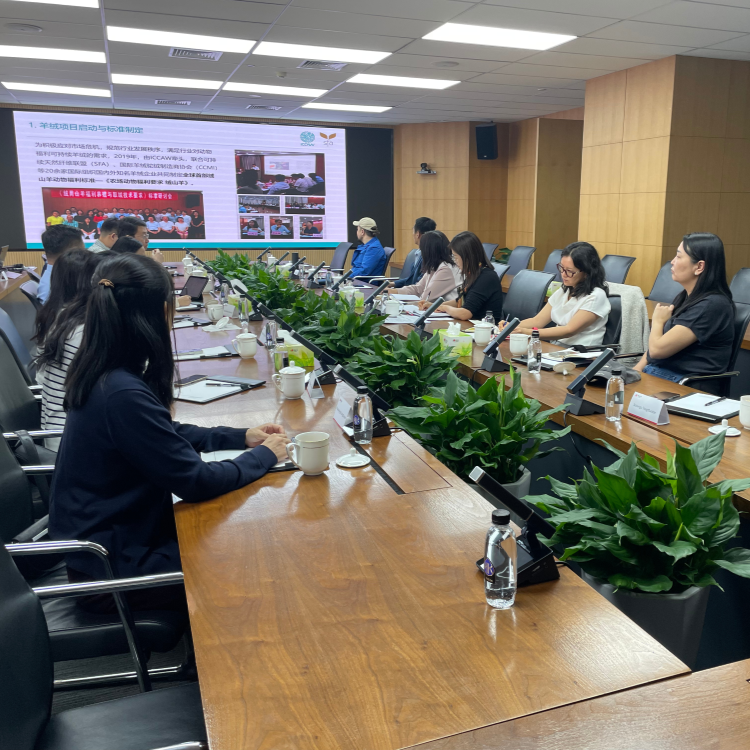

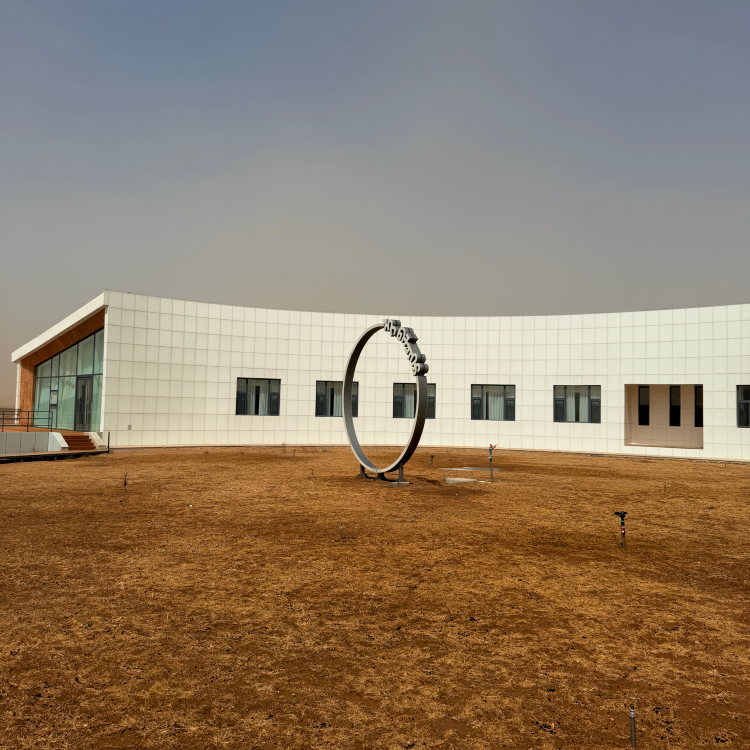
1. "Erdos Eco Ranch" - Visiting the Arbas-Breed Goat Farm
During their stay in Ordos, the team visited the “Erdos Eco Ranch”, a modern eco-farm initiated by the ERDOS Group. This innovative farm has implemented “smart” solutions to maintain environmental balance, ensure animal welfare, and produce sustainable cashmere fibre. The Eco Ranch forms part of the ERDOS Group’s responsible production strategy.
The farm features four types of national-level laboratories for research on goat breeding, feed development, animal health, and cashmere fibre quality. It integrates cashmere production with scientific research, a model that supports sustainable development.
These laboratories collaborate with prestigious institutions, including China Agricultural University, Inner Mongolia Agricultural University, and Inner Mongolia University, to research improving cashmere quality and goat breeds. During the visit, researchers and students from Inner Mongolia Agricultural University conducted studies at the farm, demonstrating the close integration of production and scientific research.
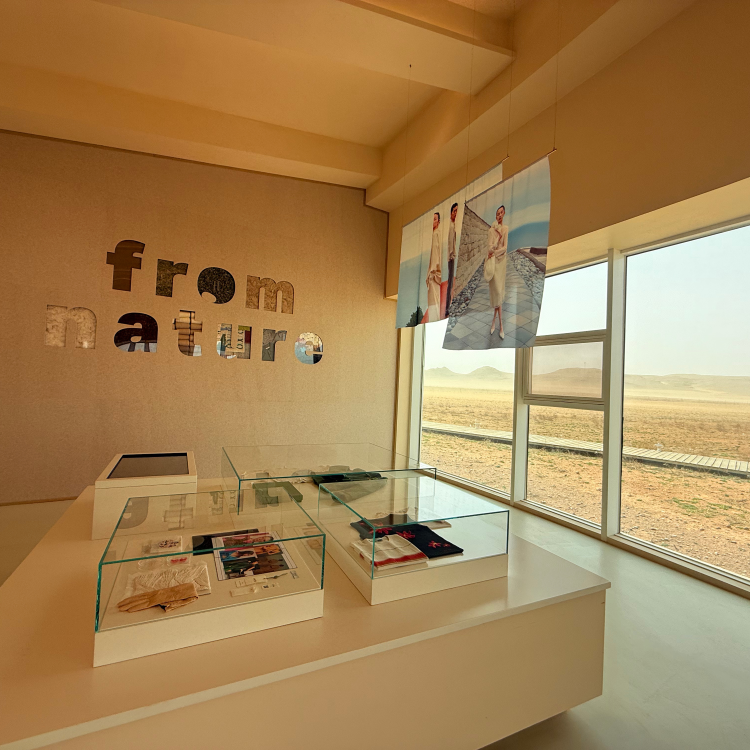
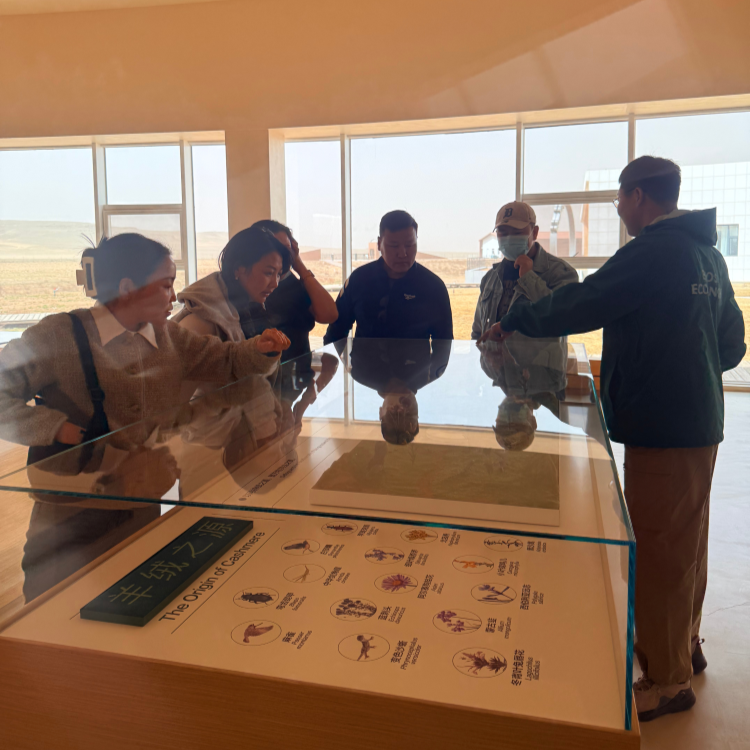

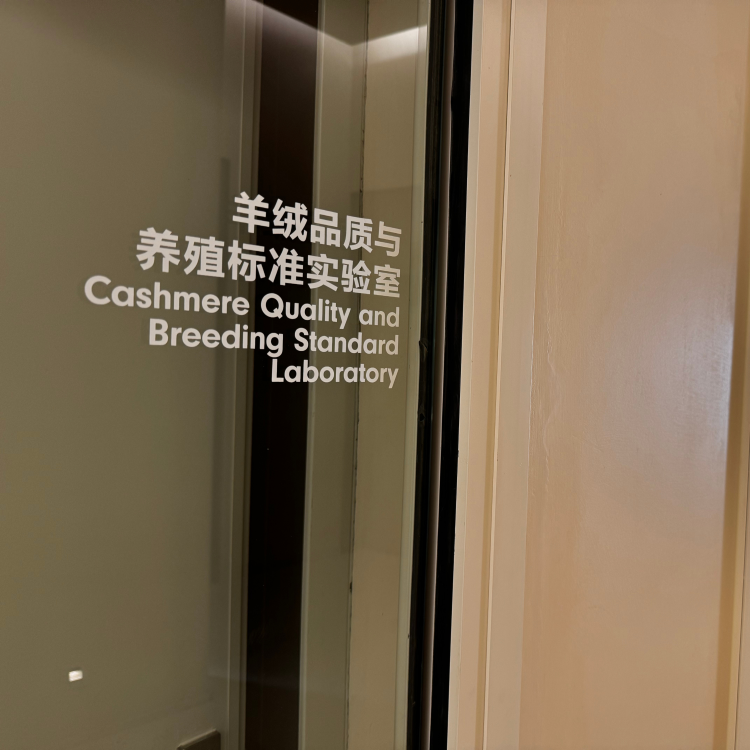

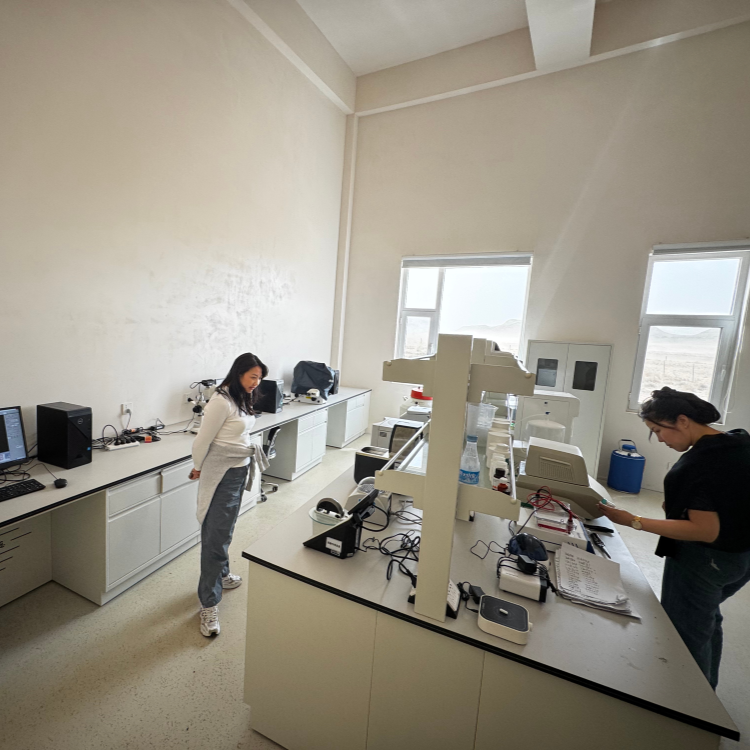
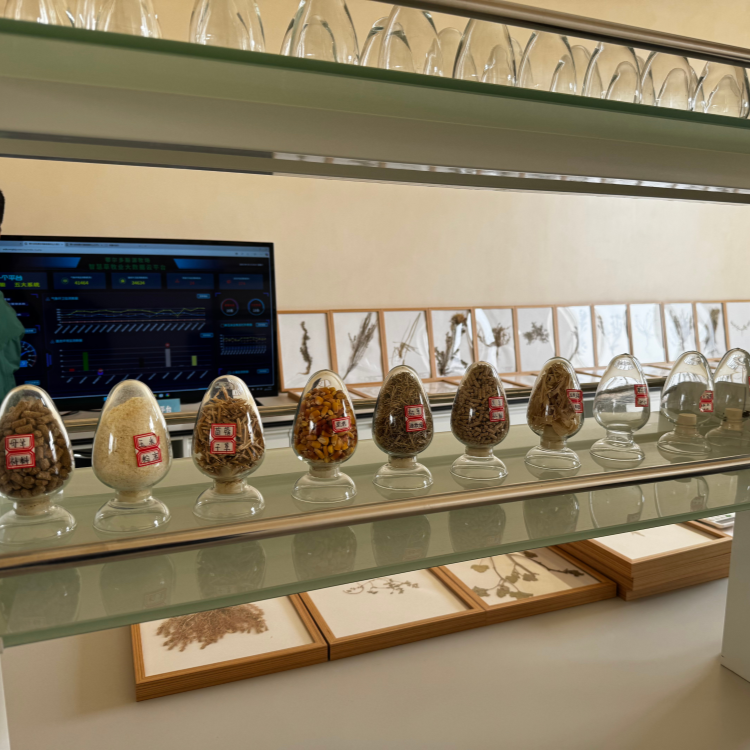
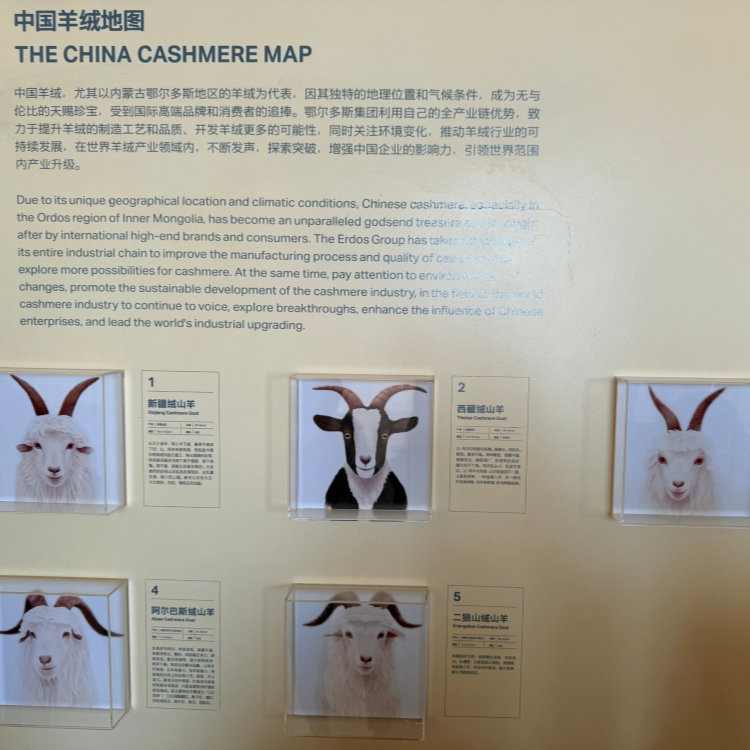
The farm successfully implements a standardised breeding system that simultaneously ensures high-quality raw materials, animal welfare, and environmental protection. Key components include:
- Breeding Management: Focused breeding using high-yield Arbas-breed bucks through selective reproduction and scientific management.
- Pasture Management: Implement grazing bans to allow vegetation recovery, rotational pasture use to prevent degradation, and balance livestock numbers with available winter feed.
- Supplementary Feeding: Development and provision of optimised feed formulas based on livestock needs during winter and feed shortages.
- Water Supply: Provision of clean and accessible water using wells and reservoirs, with water temperature carefully controlled in winter conditions.
- Shelter & Enclosures: Facilities planned according to standards, providing 5-2 m2 per goat indoors and 2.5-3 m2 per goat in open exercise areas.
- Veterinary Care: Regular deworming and skin disease prevention, dedicated spaces for vaccinations, and proper storage of veterinary supplies.
- Record-Keeping: Detailed health, feeding, breeding, lineage, and fibre yield records for each goat, managed through a data-driven system.
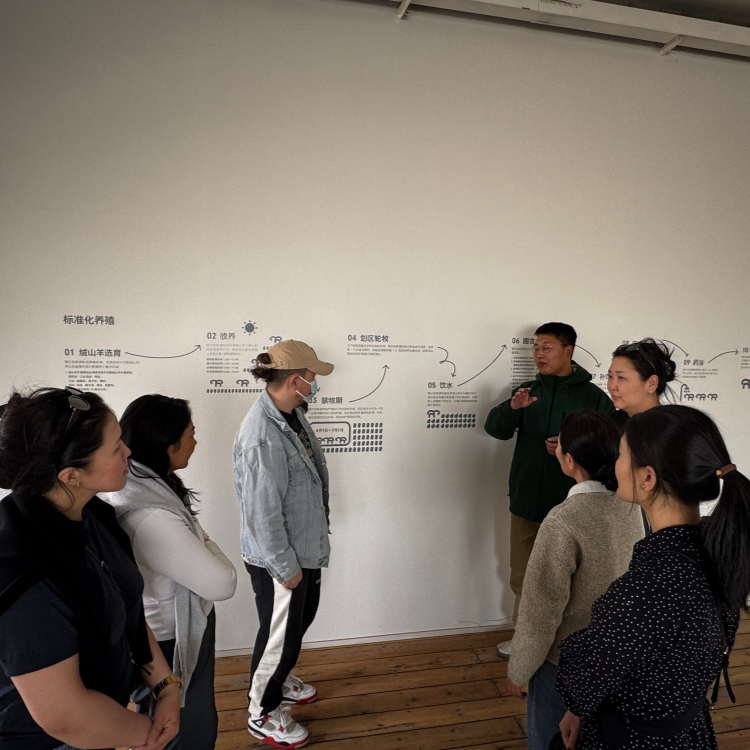
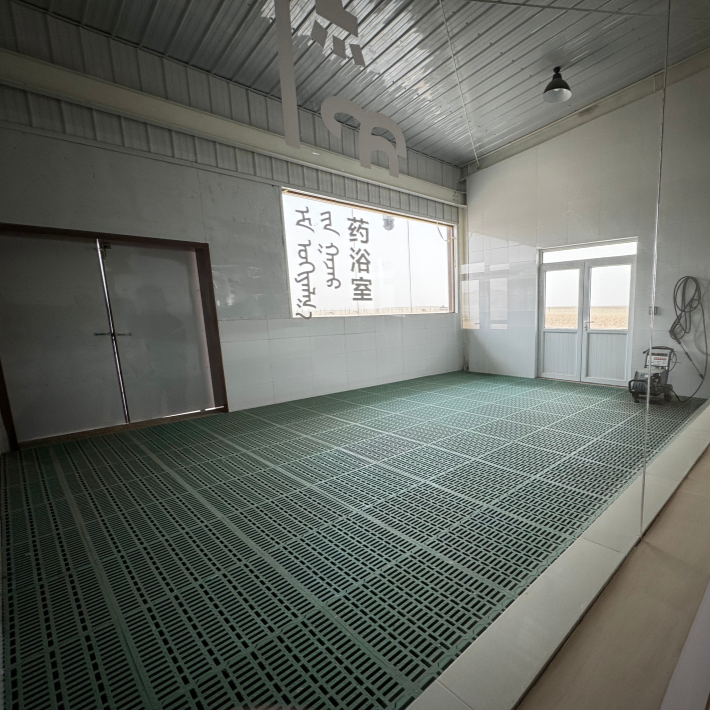
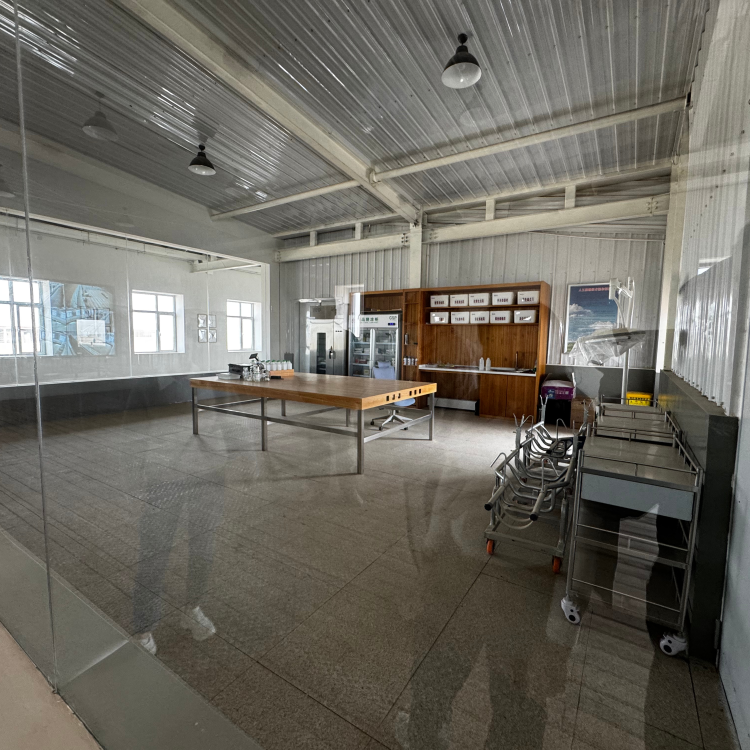
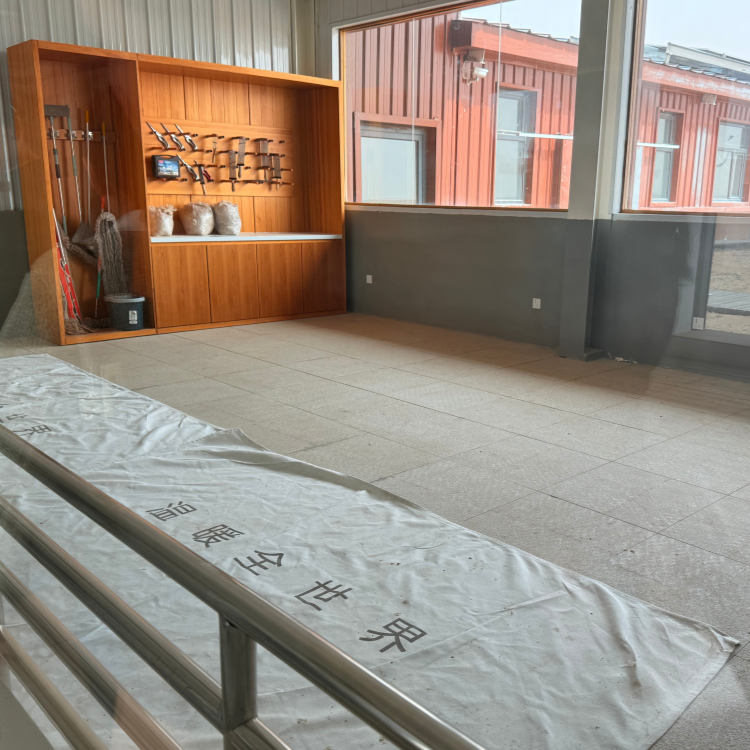
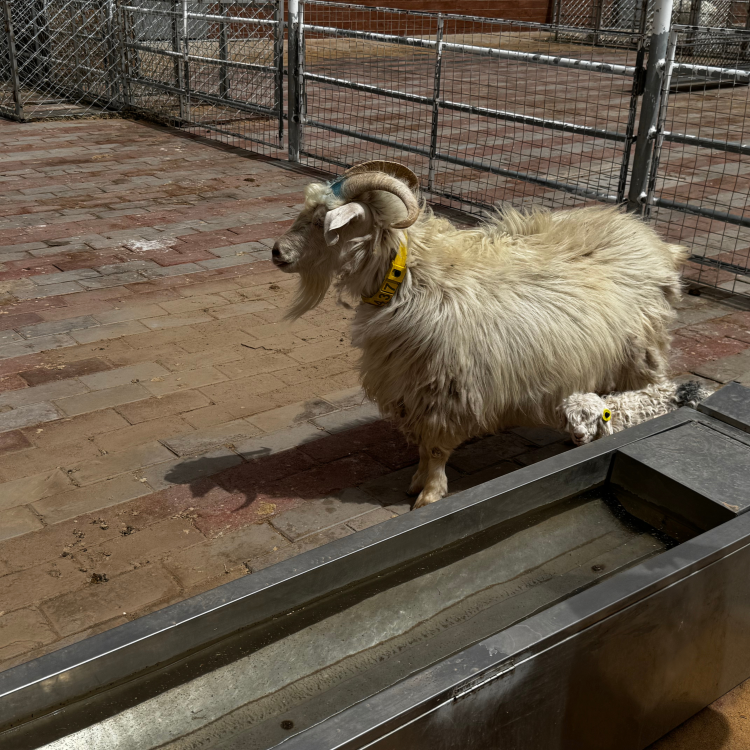
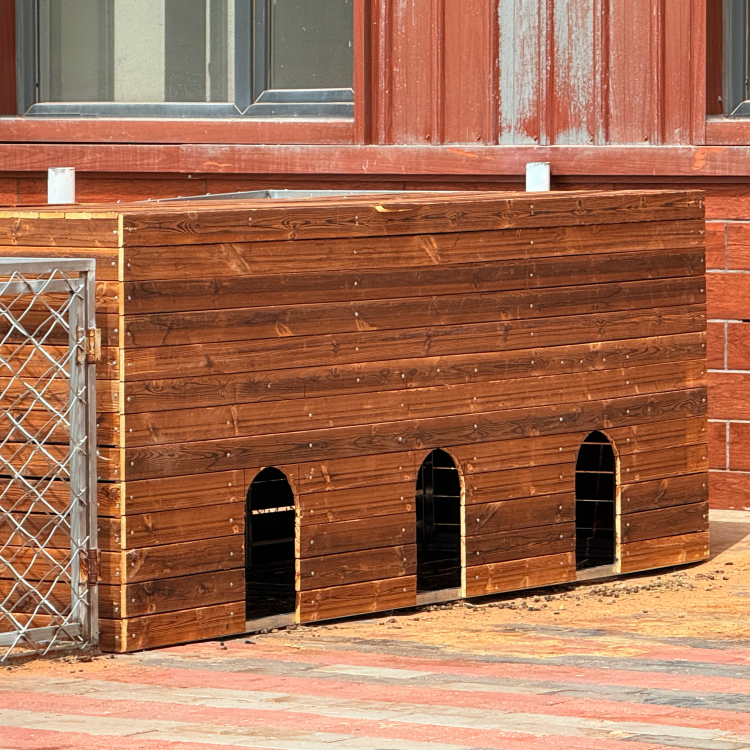
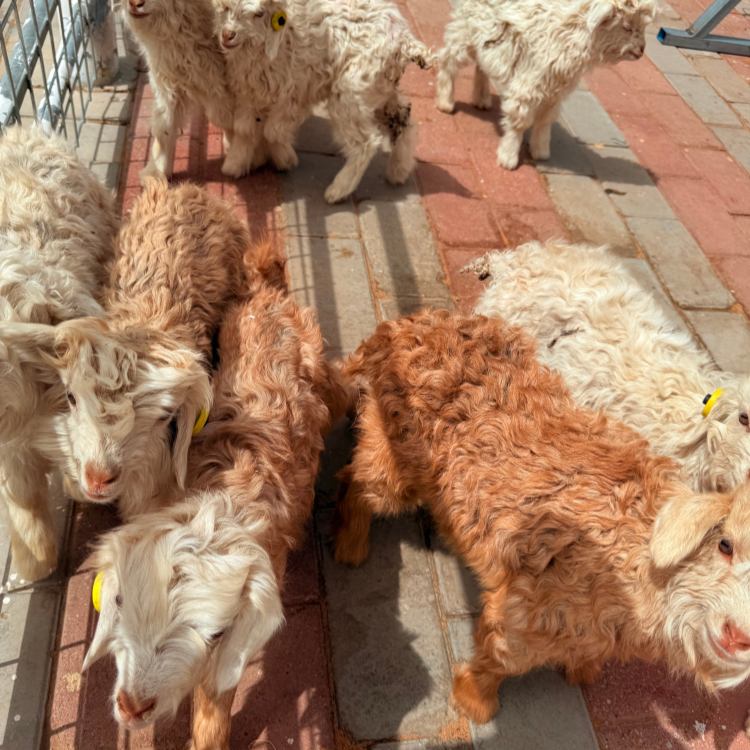

2. Traditional Cashmere Combing Practices at a Local Farm
The team also visited the farm of herder Mr. Altangadas, who raises Arbas-breed white goats, to observe traditional cashmere combing practices. The goats’ coarse guard hairs are first clipped, followed by hand-combing, which yields higher-quality cashmere compared to sheared fibres.
The cashmere from the Arbas-breed goats averages between 14-15.8 microns in fibre diameter and 34-36 mm in length.
Mr Altangadas and his family combed on elevated platforms, reducing physical strain and allowing for cleaner, more efficient cashmere harvesting while ensuring the goats’ welfare.
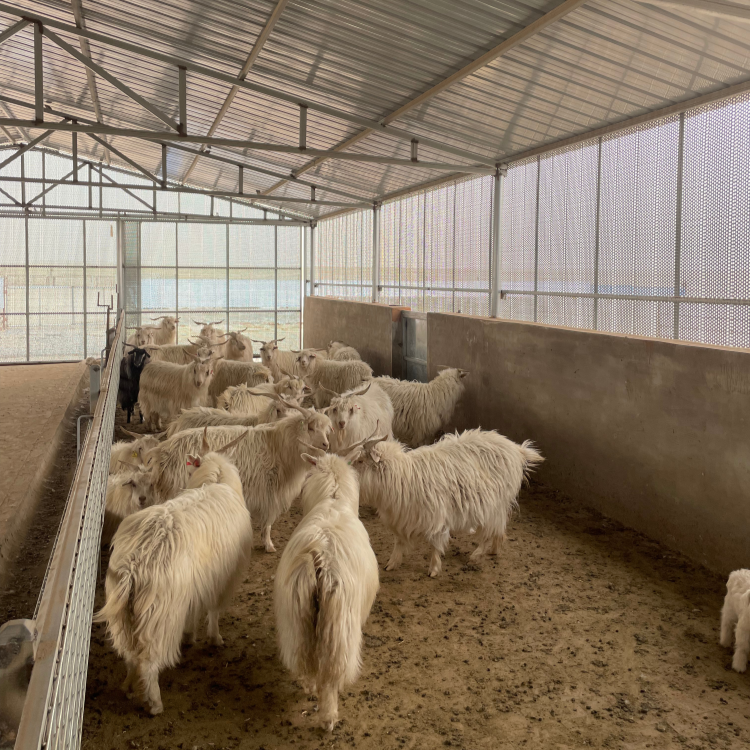
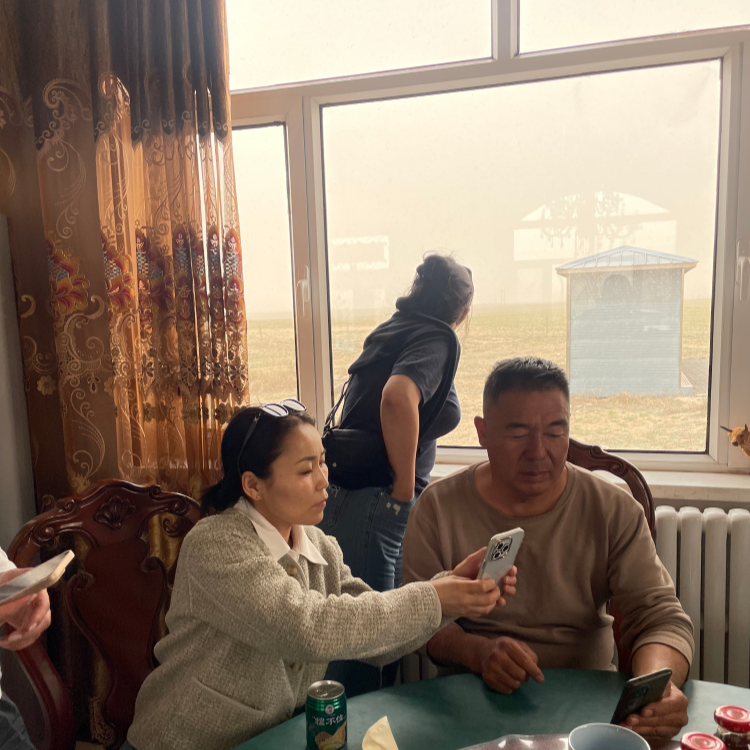
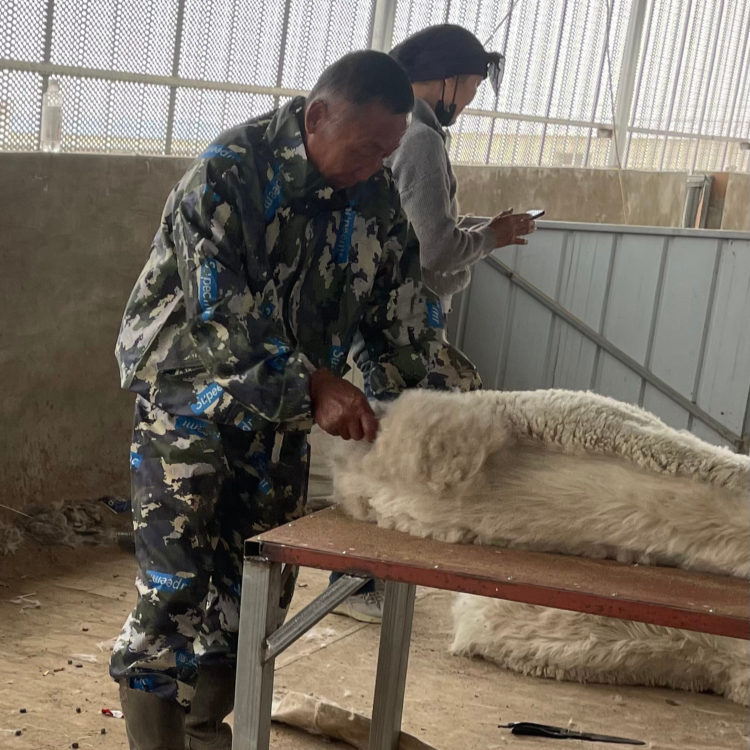
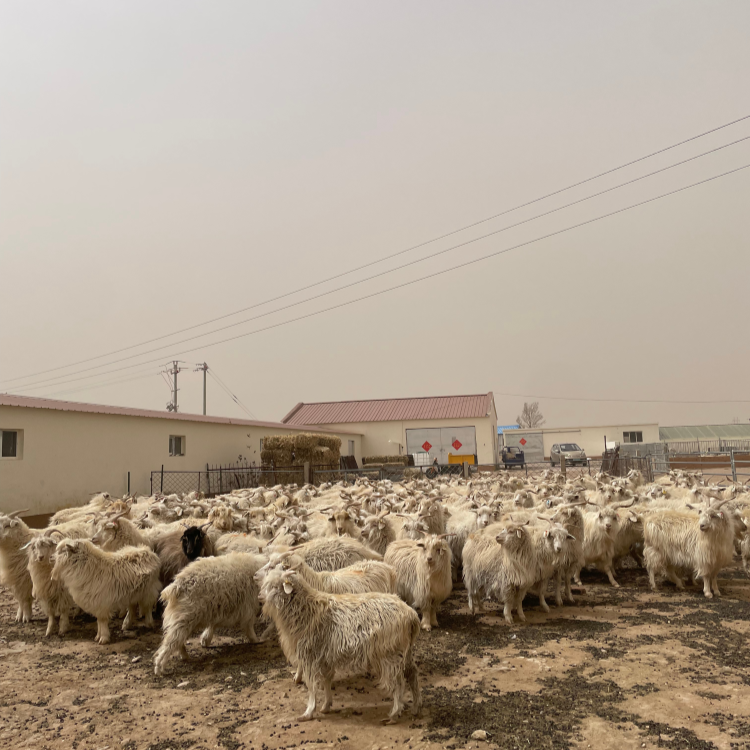
On the farm, there is an established micro-museum and information centre dedicated to the Arbas-breed, displaying biodiversity exhibits, cashmere samples, and educational materials on local livestock biodiversity.
The ERDOS Group purchases most of the cashmere produced in the region. Herders who supply verified, high-quality fibre are awarded bonuses. Additionally, local authorities incentivise the production of ultra-fine cashmere (under 14 microns) to continually improve quality standards.
These supports foster stronger collaboration between the government, the private sector, and research institutions, creating tangible benefits for herders and the cashmere sector.

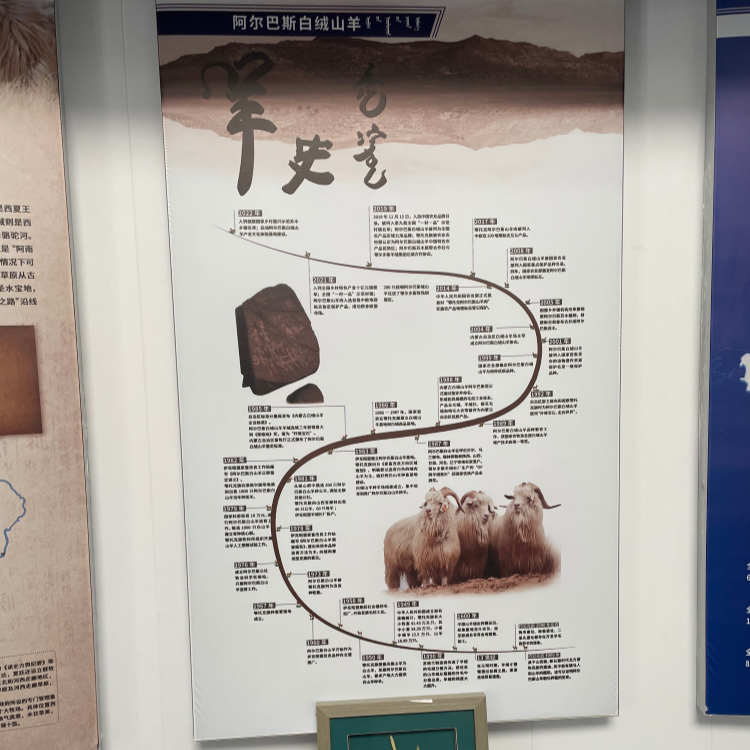
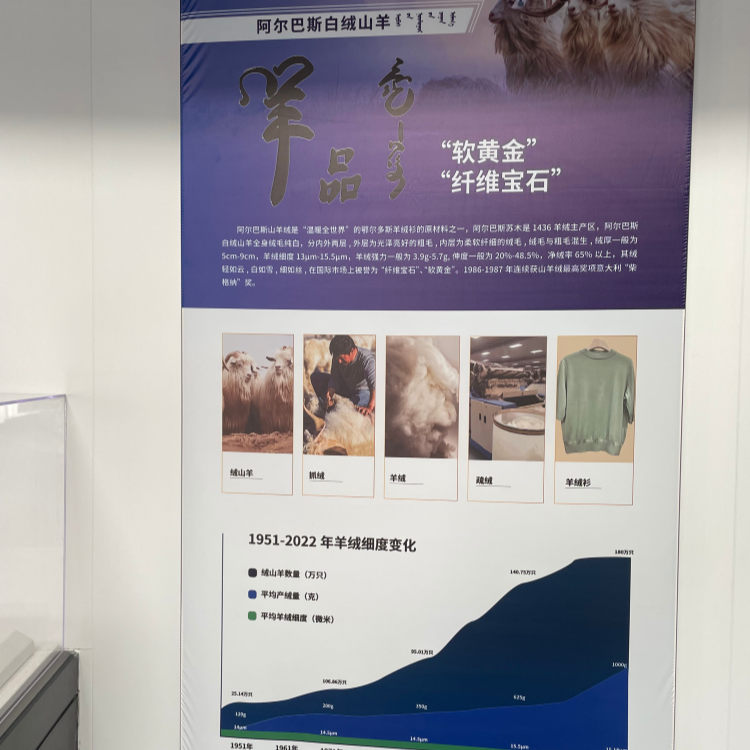
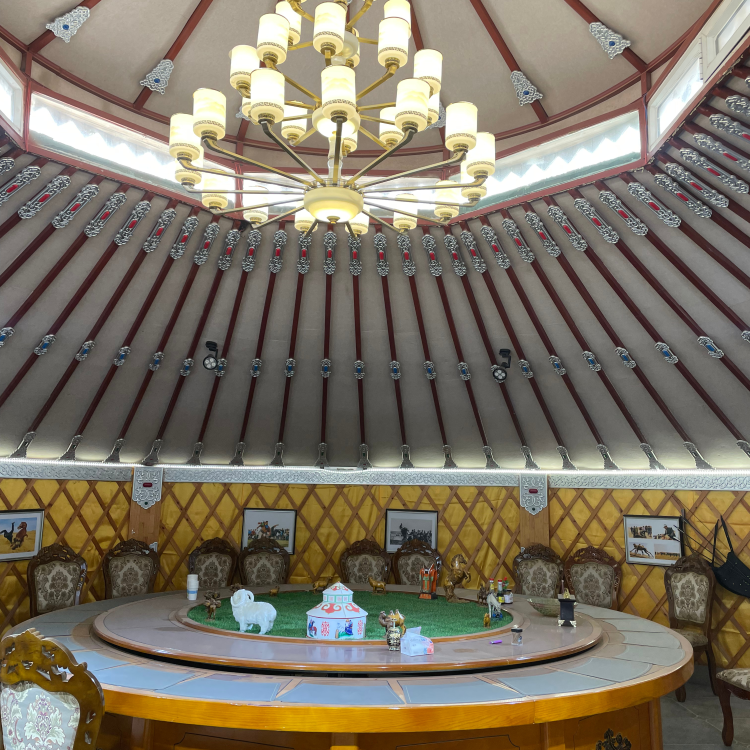
3. Introducing the BDS Visual Cloud Point Livestock System
The SFA Mongolia and ICCAW teams then went on to visit a cattle farm in Ejin Horo Banner, Ordos, where the BDS Visual Cloud Point Livestock system is used. This advanced system tracks livestock from birth, recording daily movement patterns, grazing locations, water intake, genetic lineage, vaccinations, and treatments. Data is automatically collected, photographed, and stored in a cloud-based platform.
Using AI technology, the system filters and selects the highest quality images of each animal for record-keeping. Each animal is fitted with a microchip that connects to motion-sensitive cameras at critical points, like water troughs and veterinary stations, enabling identification up to 35 metres away.
This system is more cost-effective than traditional manual and paper-based record-keeping and can be applied to various livestock types. It also increases transparency and traceability within the supply chains.
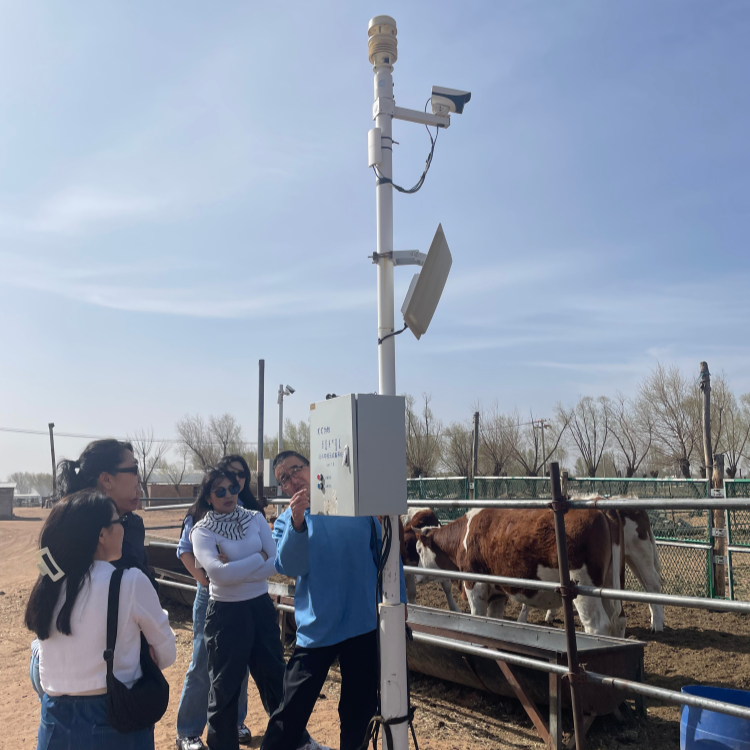
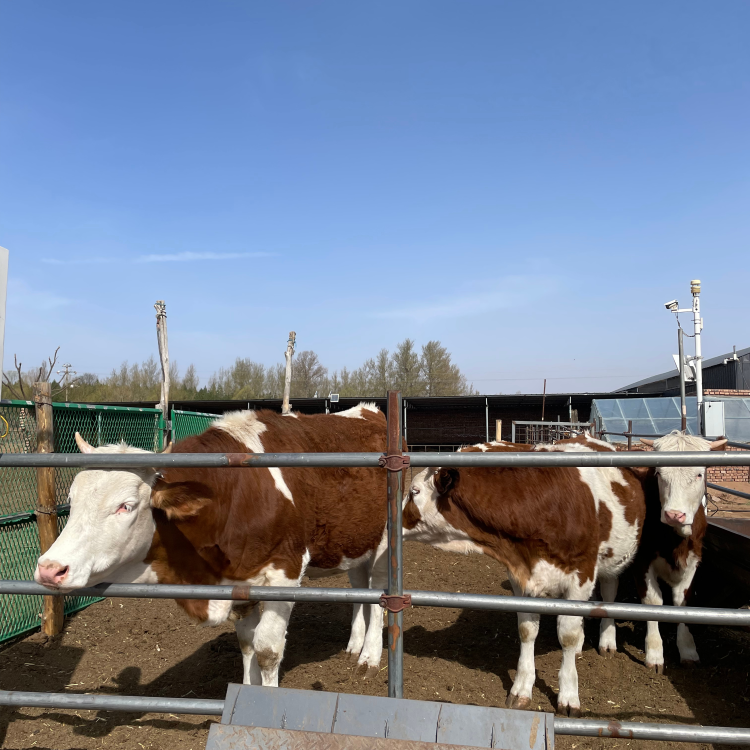
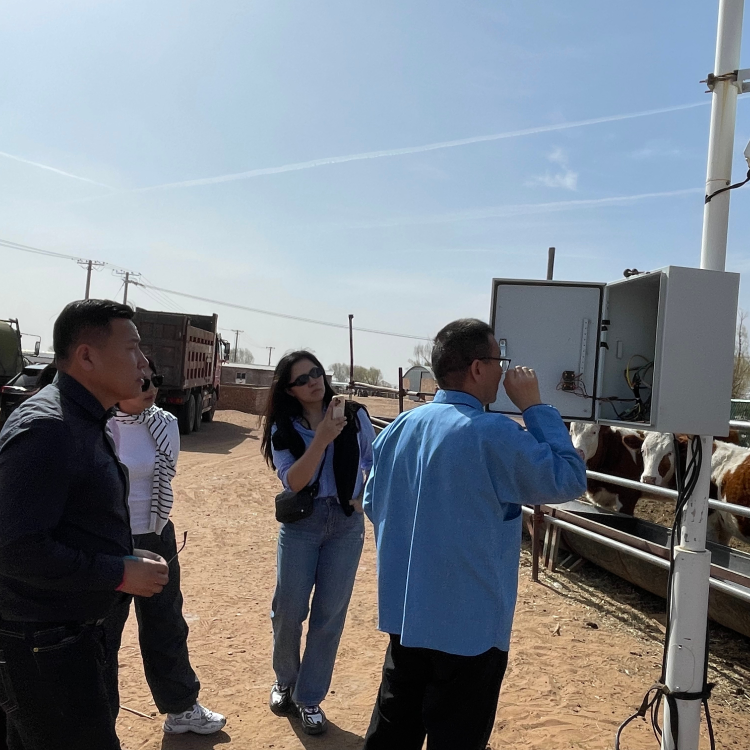

Translated by Tamir Bud
SFA COMMUNICATIONS OFFICER
29 April 2025
Original posted on 24 April 2025:
https://sustainablefibre.mn/sfa-and-iccaw-jointly-host-training/
